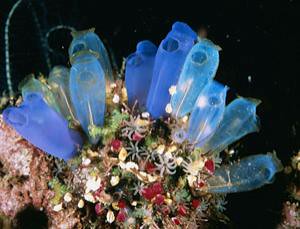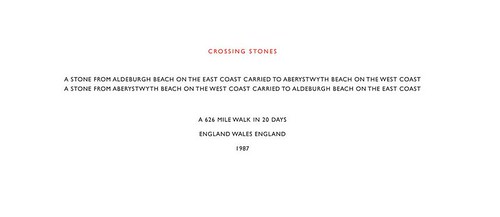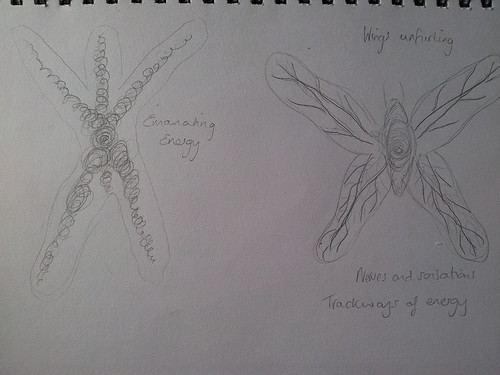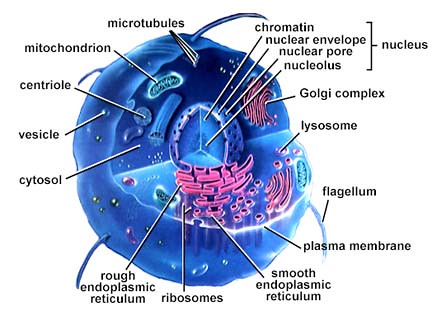Reflections and questions from our group visit to the Tate.
THE TANKS
What is live performance art? Does it have to even be seen live to be called live art?
Suzanne Lacy: The Crystal Quilt
- Women, over the age of 60. Speaking about what old age means to them, their expectations and perspectives.
- This work asked the question; Does art really challenge perspectives? Does it really change how people live their lives? Their attitudes towards the elderly?
Liz Rhodes: Light Music
- Two projectors facing each other. I could have stayed with this work a lot longer! The audience had the choice and ability to move and interact with the light and projections.
- This asked the question;
Am I the audience or am I the performer in this work?
Sung Hwan Kim
- Video and performance art installation.
- The use of story-telling, myths and legends, the use of humour and an intriguing simplicity yet extraordinary depth to his work.
- collecting and collaging encounters, sounds, sculptures and images to create his work.
Throughout the rest of the gallery, the works that I found most intriguing or stimulating were the sculptures or 3D images or the multi-media pieces.
In relation to our plans for FMP we began to think about what it would mean to interact with the art work. Drawing movement through inspiration and finding and then crossing that line between viewer and performer. Putting the body on display in the exhibition.
What is the role of documenting when creating our FMP?




